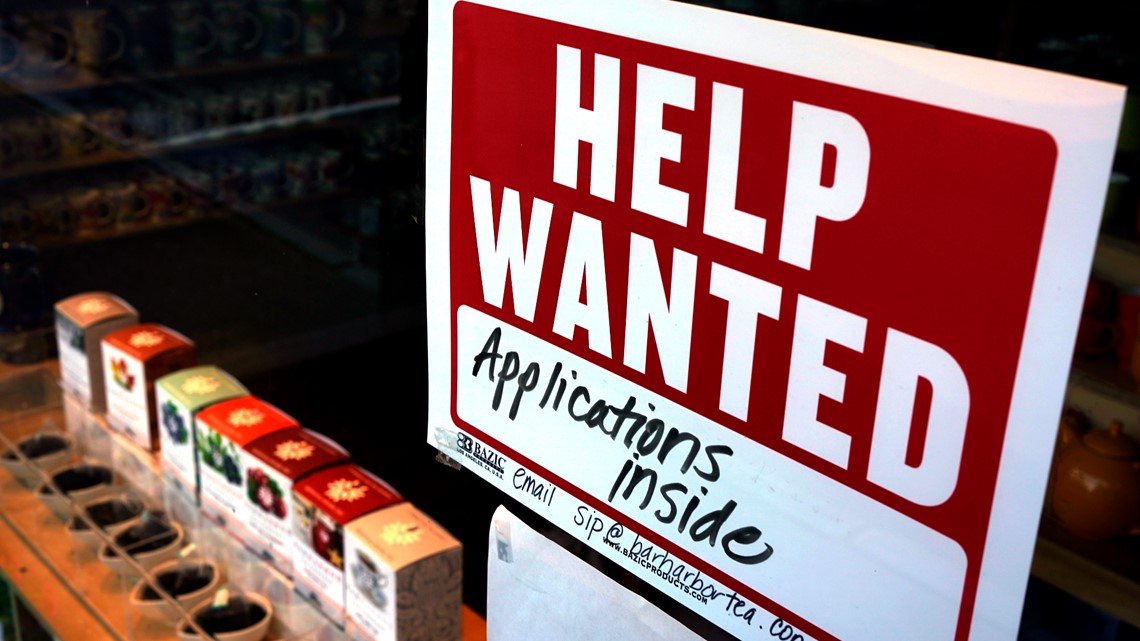There were 10.1 million job postings on the last day of August, a new government report said, down 10% from July’s 11.2 million.
WASHINGTON — The number of available U.S. jobs fell sharply in August from July, suggesting that businesses may cut back on hiring even more and potentially end chronically high inflation.
On the last day of August, 10.1 million job vacancies were announced, the government said on Tuesday, down a significant 10% from July’s 11.2 million openings. In March, the number of open vacancies reached a record – almost 11.9 million.
Layoffs increased in August but remained at historically low levels, according to the report, known as the Job Vacancies and Turnover Survey, or JOLTS. And slightly more people are leaving their jobs, in most cases probably in search of better jobs elsewhere.
The sharp drop in job vacancies will be welcomed by the Federal Reserve, which hopes to reduce demand for workers by raising the key short-term interest rate. While workers generally welcome bigger raises, the Fed considers the current pace of wage increases — about 6.5% a year, by some measures — to be unsustainably high and a key driver of inflation.
Chairman Jerome Powell and other Fed officials hope the interest rate hike – the fastest in four decades – will cause employers to slow their efforts to hire more people. Fewer jobs, in turn, could reduce pressure on companies to raise wages to attract and retain workers.
“This helps reduce inflationary pressures and reassures the Fed that there may be a way out of this situation without a sharp increase in unemployment,” said Derek Tang, an economist at LHMeyer, an economic research firm.
Smaller wage increases, if sustained, should ease inflationary pressures. In its effort to combat the worst inflation in 40 years, the central bank raised its key short-term interest rate to a range of 3% to 3.25%, a sharp increase from near zero in March.
Powell warned that a central bank rate hike would likely lead to higher unemployment and potentially a recession. Still, he and other Fed officials are hoping for what they call a “soft landing” — one in which the economy slows enough to curb inflation but not enough to trigger a recession.
Christopher Waller, member of the Board of Governors of the central bank, argued that Fed rate hikes can reduce job vacancies and thus inflationary pressures without causing massive job losses. But former finance minister Larry Summers and former IMF chief economist Olivier Blanchard wrote that such an outcome is unlikely based on past trends. They found that when the number of jobs decreases, layoffs and unemployment generally increase.
Tuesday’s numbers come in the same week that the main jobs and unemployment report is due on Friday. Economists forecast it would show employers added 250,000 jobs in September and that the unemployment rate remained at 3.7% for the second straight month.
https://www.wtol.com/article/news/nation-world/us-job-openings/507-2141c9e9-46ed-4764-ae5c-cc46f8d5efed




